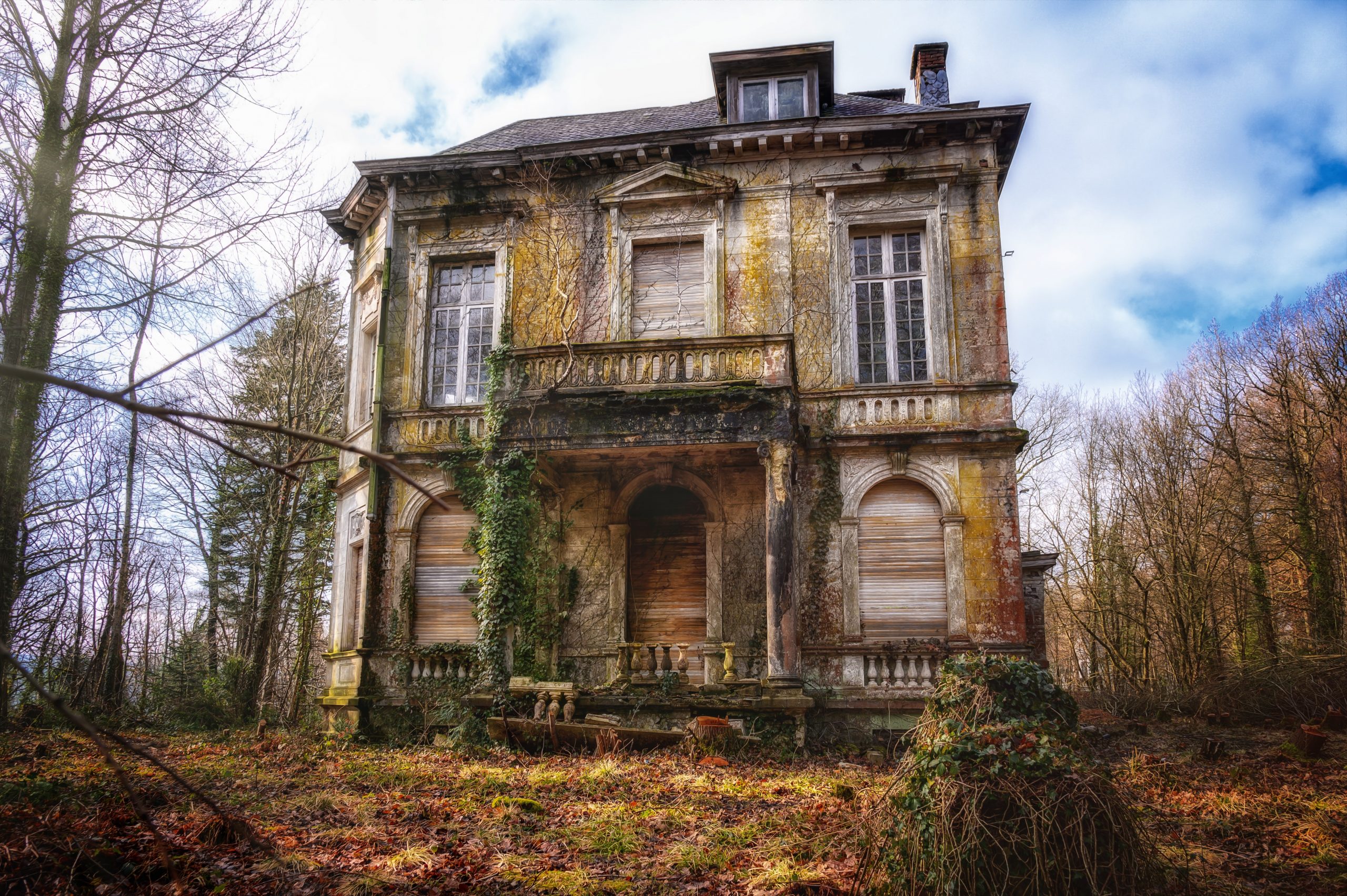Renovating old houses can be a daunting task, but with the right planning and execution, it can also be a rewarding one.
Whether you’re looking to update the aesthetics of your home, improve energy efficiency, or increase its value, there are many options available to you.
Before beginning any renovation project, it’s important to assess the condition of your home and determine what changes will be necessary to achieve your goals. This may include structural repairs, electrical and plumbing updates, or even a complete remodel.
It’s also important to consider the cost of the renovation and to budget accordingly. With careful planning and attention to detail, you can turn an old house into a beautiful, modern, and functional home that you’ll be proud to call your own.
See below for our guides on renovating old houses:
- How to open up an old fireplace
- Victorian brick pointing – learn the what, why and how
- Air Bricks in Old Houses – What they are & how to fix
- Breathable Paints for Lime Plaster – Are They Worth it?
- Brick Fireplace with Log Burner
- Breathable Plaster – Why it’s important in old houses
- Restoring Old Floorboards – The Ultimate Guide
- How to Caulk Windows – The Ultimate Guide
- Can you Paint a Bathtub?
- How to stop door slamming – Get some Peace with our Guide
Benefits of Renovating Old Houses
Renovating an old house can bring a number of benefits, both practical and aesthetic. Some of these benefits include:
Improving energy efficiency: Older homes often lack proper insulation, weather stripping, and other energy-saving features. Renovations can address these issues, reducing energy costs and making the home more comfortable to live in.
Increasing the value of the property: A well-renovated home can significantly increase in value, making it a more valuable asset for the homeowner.
Updating the aesthetics: Renovations can give an old house a fresh and modern look, making it more appealing to potential buyers or renters.
Addressing structural issues: An old house may have structural issues that need to be addressed, such as foundation cracks or rotting wood. Renovations can fix these problems and ensure the safety and stability of the home.
Personalizing the space: Renovations offer an opportunity to customize the home to the homeowner’s specific needs and preferences, making it a more comfortable and enjoyable place to live.
Creating a more functional space: Renovations can open up the floor plan, add extra bedrooms, or update the kitchen and bathrooms, making the home more practical and functional for the homeowner.
Preservation of history: Renovating an old house is a great way to preserve the history and character of the house, keeping the memories and stories that the house holds.

